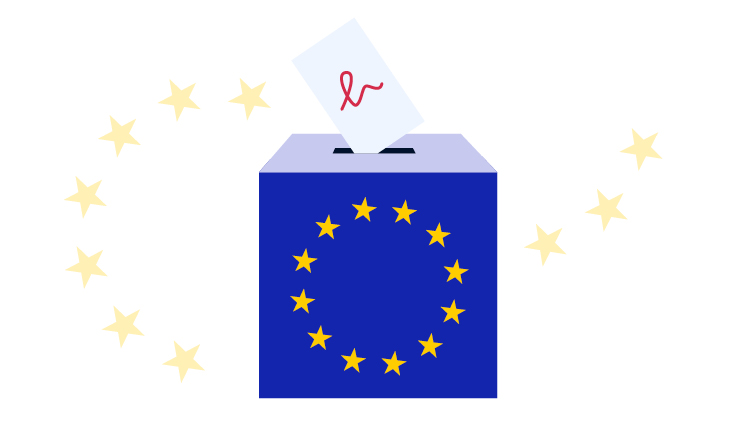Which financial instruments are covered by the MiFID II directive?
The MiFID II directive encompasses a wide range of financial instruments, including:
- Equities: ordinary shares, preferred shares, investment certificates, securities deposits
- Bonds: government, corporate, municipal, eurobonds
- Derivative instruments: swaps, interest rate futures contracts
- Other instruments: investment funds, indices, units of participation in investment funds, commodity derivatives, contracts for difference (CFDs).
It is worth noting that the MiFID II directive does not cover all financial instruments. Some instruments, such as currencies, precious metals, and real estate, are excluded from its scope.
Additionally, the MiFID II directive distinguishes between regulated financial instruments and non-regulated financial instruments. Regulated instruments are those subject to the full requirements of the MiFID II directive, including informational obligations, investor protection, and supervision. Non-regulated instruments are those subject to lesser requirements.
Client Reporting in Light of MiFID II
The directive also introduces changes in the mechanisms for reporting benefits by banks and other financial institutions concerning the sale of a particular product. This must be done in a clear and understandable manner for the client. Additionally, banks are now obligated to provide clients with information regarding the advisory services offered, as well as potential risks.
Furthermore, the MiFID II directive precisely specifies how this should be done - the font must be the same size as other product data, and the information must be presented in understandable language. This is aimed at avoiding situations where clients are misled or where overly complex terminology leads to a lack of awareness of the real risks associated with purchasing a particular product.
Under MiFID II, banks should also provide periodically updated appropriateness reports, confirming the proper alignment of the product with the client and considering the benefits they have achieved in relation to it.

MiFID II - Changes in Recording Client Conversations
According to MiFID II, banks are also required to record all conversations with clients related to product sales or the preparation of reports. In practice, this means the necessity of recording all telephone conversations and archiving every email correspondence with the client. The bank must additionally inform the client that communication between them and the advisor is being recorded, as well as the fact that it is accessible for viewing for the next five years.
According to the provisions of MiFID II, changes also apply to communication between supervisors and advisors if it concerns the sale of a product. This communication should also be subject to recording. In the case of face-to-face meetings with clients, in accordance with MiFID II, it is essential to take notes from each meeting. These notes should include the date and location of the meeting, the names of the participants, necessary information about the product, and a brief summary of the meeting's course and outcome. The report must be prepared and stored in such a way that it can be easily made available to the client when necessary.
Presentation of Total Costs
Under MiFID II, banks and investment firms are required to present clients with the full range of costs. This means that before making a purchase, an investor must receive an estimate of the annual cost associated with acquiring and maintaining a particular product. This should be done in the form of several scenarios: baseline, positive, and negative.
The MiFID II directive also mandates that investment firms inform clients annually about all expenses they have incurred and how they impact the overall financial outcome of their investments. Ideally, such a summary should be presented graphically, making it more understandable and transparent for the client. It should also include information about any third-party payments, such as from investment funds, received by the firm in connection with the services provided to the client.








